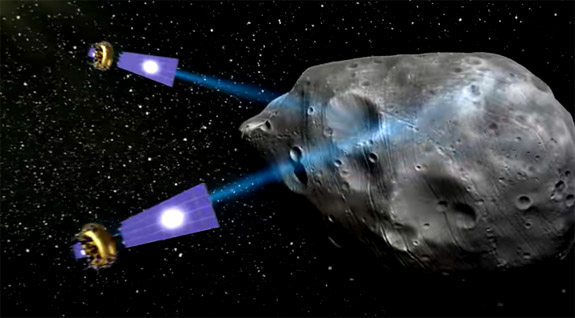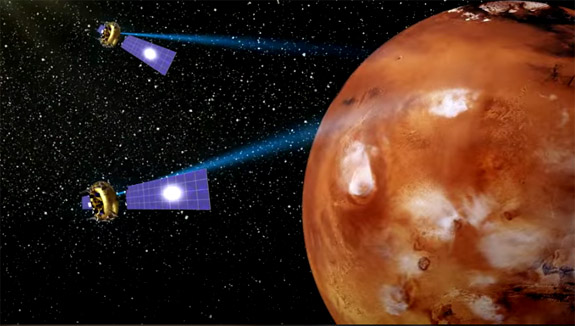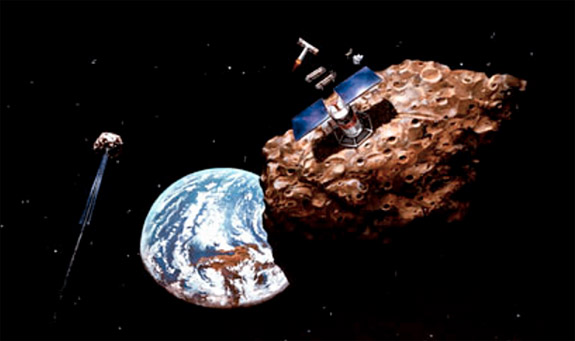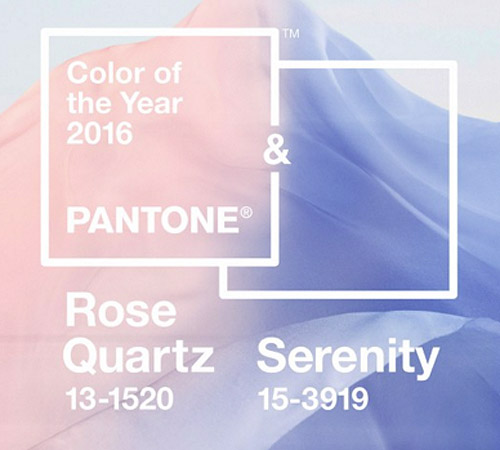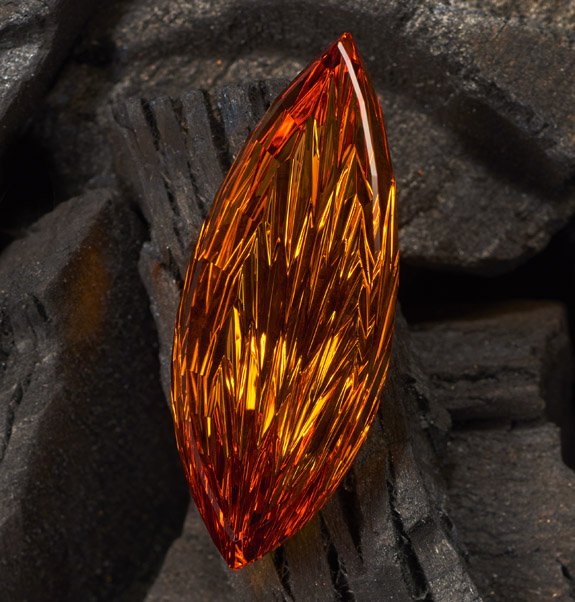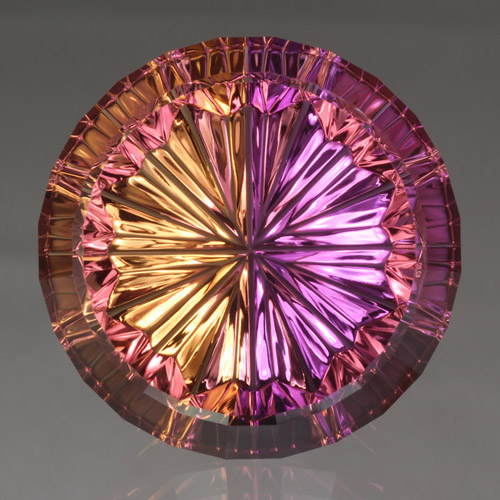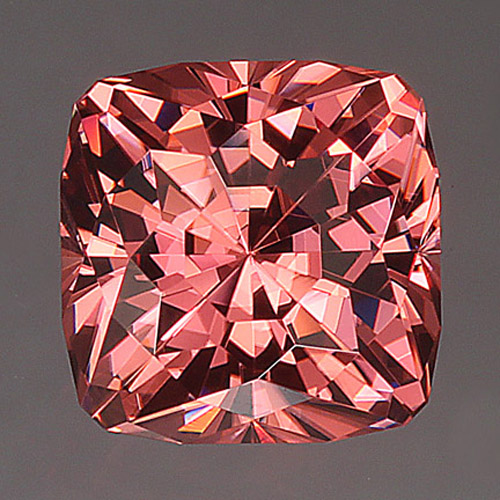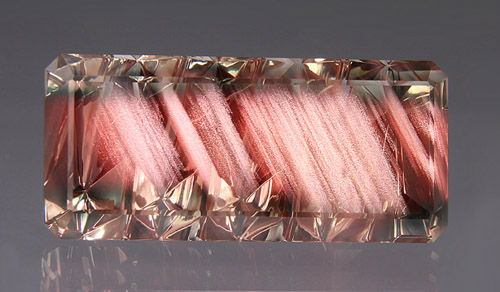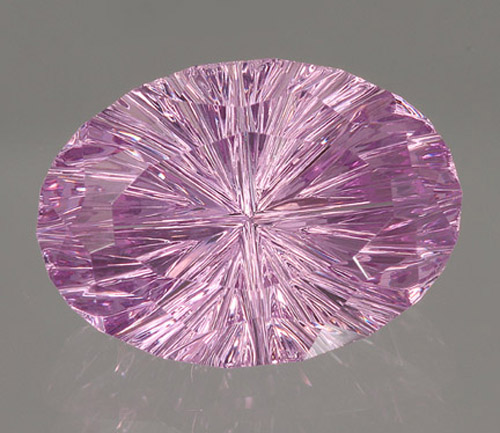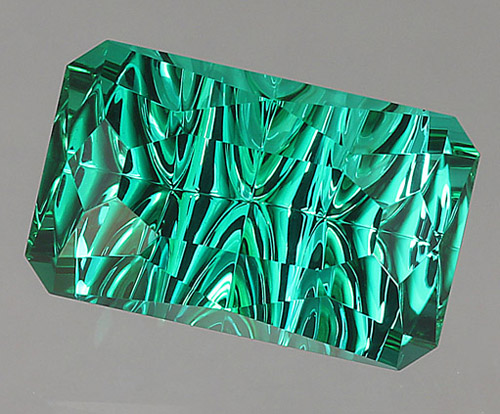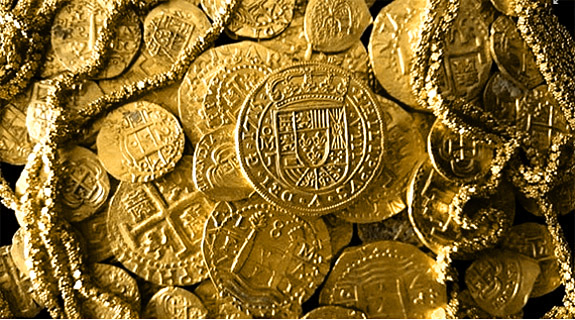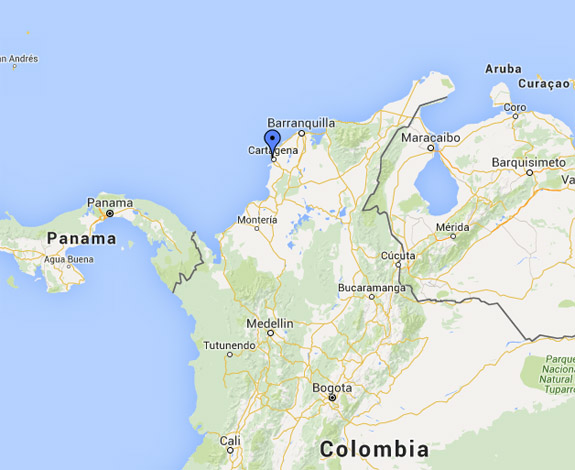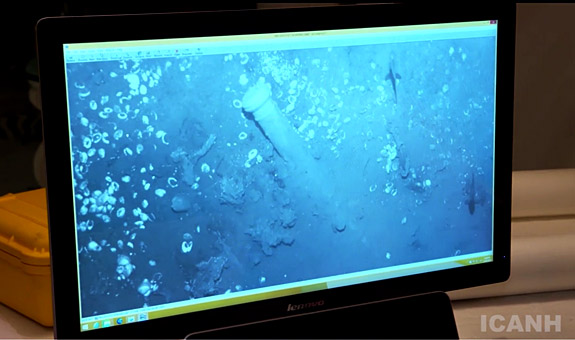Welcome to Music Friday when we bring you new songs with jewelry, gemstones or precious metals in the title or lyrics. Today, 16-year-old Disney darling Sabrina Carpenter sings about letting go of fears, pursuing dreams and feeling invincible in "We'll Be the Stars."

As the lead single from Carpenter's 2015 debut album, Eyes Wide Open, "We'll Be the Stars" uses "gold" as a metaphor for the exuberance of youth.
She sings, "We are young, we are gold / Trying things we didn't know / Looking at the sky, see it come alive / All our fears became our hopes / Climbed out every locked window / We rode the lion's mane and fell upon the rain."

Interestingly, the gold/youth connections of "We'll Be the Stars" are present in a number of other songs, including "Stay Gold" by Stevie Wonder and "Stay Gold" by First Aid Kit. Each of those songs is inspired by Robert Frost’s eight-line poem, “Nothing Gold Can Stay.”
In that poem, which was originally published in 1923, Frost writes about striving to hold onto the wondrous, pure, innocent and exciting “goldenness” of youth.
He begins with these two lines, “Nature’s first green is gold / Her hardest hue to hold” and ends with these, “So dawn goes down to day / Nothing gold can stay.”
"We'll Be the Stars" was released in January 2015 and made its radio premiere on Radio Disney. Carpenter's debut album topped out at a respectable #29 on the U.S. Billboard 200.
The Pennsylvania-born singer-actress launched her career in 2011 with a guest role on NBC's drama series, Law & Order: SVU. In January 2013, Carpenter was cast as Maya Hart in the Disney Channel series Girl Meets World.
Please check out the video of Carpenter's entrancing acoustic version of "We'll Be the Stars." The lyrics are below if you'd like to sing along.
"We'll Be The Stars"
Written by Steven Solomon, Skyler Stonestreet, Cameron Walker. Performed by Sabrina Carpenter.
We are young, we are gold
Trying things we didn't know
Looking at the sky, see it come alive
All our fears became our hopes
Climbed out every locked window
We rode the lion's mane and fell upon the rain
We can reach the constellations
Trust me, all our dreams are breaking out
No, we're never gonna turn to dust,
Yeah, all we really need is us
Don't be scared to close your eyes
No, we're never gonna die, we'll be the stars
Oh, no, we're never gonna step too far
Yeah, we're holding on to who we are
When it's time to close your eyes
They will see us in the sky,
We'll be the stars!
Oh ooh ooh oh oh
We'll be the stars!
Oh ooh ooh oh oh
We'll be the stars!
Let me in, hold me close
Fill my heart with simple notes
So when it's hard to see,
They are there, reminding me
Take my breath, and hold me high
So I can feel the city lights
Glowing under me
It's in our reach, we're breaking out
No, we're never gonna turn to dust,
Yeah, all we really need is us
Don't be scared to close your eyes
No, we're never gonna die, we'll be the stars
Oh, no, we're never gonna step too far
Yeah, we're holding on to who we are
When it's time to close your eyes
They will see us in the sky,
We'll be the stars!
Oh ooh ooh oh oh
We'll be the stars!
Oh ooh ooh oh oh
We'll be the stars!
We can reach the constellations
Trust me, all our dreams are breaking out
No, we're never gonna turn to dust,
All we really need is us
We'll be the stars
Oh, no, we're never gonna step too far
Yeah, we're holding on to who we are
When it's time to close your eyes
They will see us in the sky,
We'll be the stars!
Oh ooh ooh oh oh
We'll be the stars!
Oh ooh ooh oh oh
We'll be the stars!
Oh ooh ooh oh oh
We'll be the stars!
Oh ooh ooh oh oh
We'll be the stars!
Image: Video captures via YouTube.
